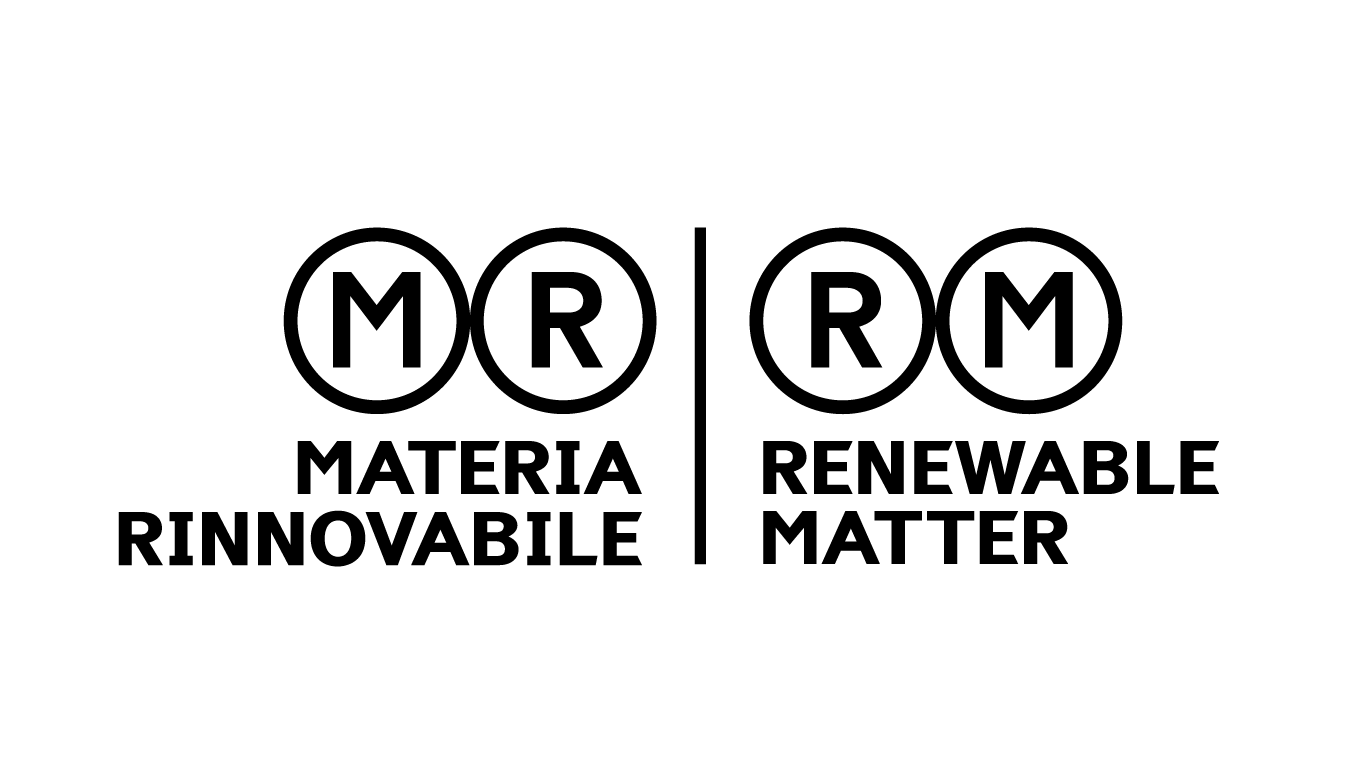The Netherlands, Circular by Design
According to the Circularity Gap Report – The Netherlands, https://www.circularity-gap.world/netherlands the Dutch economy is 24.5% circular. Targeted strategies, especially in the key sectors...
According to the Circularity Gap Report – The Netherlands, https://www.circularity-gap.world/netherlands the Dutch economy is 24.5% circular. Targeted strategies, especially in the key sectors...
In Netflix's ironic and apocalyptic blockbuster Don't Look Up, a comet is determined to crash into Earth. Leonardo DiCaprio portrays an astronomer stuck somewhere between terrified and dumbfounded: ...
Taking its name from the Sardinian word “lightness”, LEBIU is an innovative startup that develops cutting-edge materials by transforming cork waste from the local supply chain for h...
Technological cooperation, partnership, and finance to enhance the impact and scale-up of initiatives on the matter of circular economy. These are the three pillars guiding the Resource Efficie...
Real Bowl is the online platform allowing you to order and receive at home a tailormade diet for dogs containing no preservatives, prepared using only high-quality fresh ingredients. The food can be...
Coldplay’s Music of the Spheres tour, which has dramatically reduced the band’s carbon footprint, is setting new standards of sustainability. The seventh concert tour of the British grou...
For Italian businesses, environmental sustainability and the circular economy have become lucrative assets worth investing in. This is supported by the analysis of the second CleanTech Observatory c...
Circular Fiber is an innovative startup aiming to combat food waste through the transformation of agri-food scraps into value products. The company’s current main focus is the production of Ka...
Taxes on “luxury” goods and services could result in more equity and less CO2. According to a study published at the end of June in the academic journal One Earth, a carbon tax on domest...
“Kinsect is a benefit society aiming to provide technologies to develop sustainable insect breeding with minimal environmental impact. Insect breeding allows the creation of proteins while req...
Energy communities, customer care, highly decarbonisation-focused business, and a clear plan: “Make Italy Green”. E.ON Italia CEO Frank Meyer is an optimistic visionary who is working ti...
Atium is a startup that has developed a patent-pending technology, based on a reversible electrochemical process, to improve the performance and efficiency of mercury removal from water. The technol...
Coffeefrom is an innovative startup with a social purpose (SIAVS), born from an idea by Social Enterprise Il Giardinone. The startup transforms coffee grounds from the food industry – among th...
Circularity's Circularity Platform changes its look and updates its digital services to make companies more circular. The 2018 version aimed to broaden the scope of collaboration between companies w...
The current system of food production and consumption is threatening life on our planet. It is a major cause of global biodiversity loss, climate change and poverty. From an economic perspective, th...
“We believe in multidisciplinary approaches to the sector and in design as a method to promote a transition towards a more sustainable future. Materials Design Map is our first project launche...
Climate change is here and now. And taking action means investing in resilience. That is the summary of the statement issued by the White House on June 19th and a harbinger of new endowments. In the...
A need for peace, in Ukraine and everywhere, and a need to build a new utopia for the global left. Plus the role of the UN and that of the Pope in a world of unprecedented geopolitical balances, the...
Estonian startup Gelatex Technologies has patented a new high-capacity spinning method and a device for the production of nanofibers to innovate lab-grown meat, tissue engineering, energy storage, a...
Europe will be getting more sustainable and circular batteries. It has taken two and a half years, but the process for the new EU regulation on the design, manufacture, and management of both batter...

